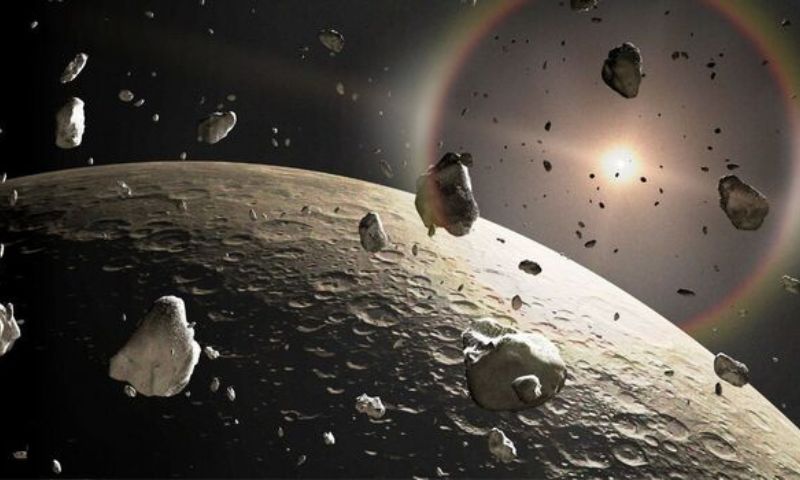NEW YORK: Astronomers have made a groundbreaking discovery, proposing the existence of a newfound Earth-sized planet within the Kuiper Belt, a region situated just beyond Neptune in our solar system. The researchers believe this planet to be considerably more massive than initially anticipated by previous scientific assessments.
The Kuiper Belt, named after Dutch-American astronomer Gerard Kuiper, who postulated its existence in 1951, is a doughnut-shaped zone populated by icy objects left over from the formation of the solar system billions of years ago. Its remote location has made direct observation challenging for scientists.
This groundbreaking revelation was published in the Astronomical Journal, outlining the unique characteristics of this celestial body, referred to as “Planet Nine.” The planet’s notable attributes include its gravitational influence on other celestial objects within the Kuiper Belt, which strongly suggests its planetary status.
The researchers state in their report, “We predict the existence of an Earth-like planet. It is plausible that a primordial planetary body could survive in the distant Kuiper Belt as a Kuiper Belt planet, as many such bodies existed in the early solar system.”
Previous studies had also hinted at the possibility of an Earth-like planet residing at the outskirts of our solar system. However, this recent discovery suggests the presence of a more massive celestial body than previously theorized, located at a shorter distance from Earth.
Discovery of Massive Earth-Like Planet
If confirmed, the newfound planet’s mass would range from 1.5 to 3 times that of Earth, positioned approximately 500 times the distance between Earth and the Sun. This discovery echoes previous speculations from July, which suggested the existence of Jupiter and Uranus-sized planets hidden in the solar system’s outer reaches.
Scientists are currently contemplating the potential location of this planet, speculating that it may be positioned even farther than the often-discussed “Planet X,” which is believed to exist beyond Neptune. The new planet could potentially be trapped within the Oort Cloud, a theoretical region marking the boundary of the Sun’s gravitational influence.
According to astronomers, this region might harbor more interstellar objects than previously envisioned. Complex computer simulations have been utilized to investigate how solar systems could eject large planets and how planetary systems might capture such wandering celestial bodies.
Astronomers posit that “this scenario is more likely when such a planet approaches the outer edge of a star system’s Oort cloud.”
Furthermore, the research estimates that “approximately one in every 200-3000 stars could host an Oort cloud planet.”
Intriguingly, researchers suggest that if the solar system’s dynamical instability occurred after the dissolution of its birth cluster, there is approximately a 7% chance that an ice giant was captured within the Sun’s Oort cloud.
This remarkable discovery echoes a 2020 hypothesis proposing the existence of a ninth planet, initially situated closer to the center of our solar system before being influenced by Jupiter’s gravitational forces.
While the status of Pluto remains a topic of debate, with some still considering it the ninth planet, the scientific community reclassified it as a dwarf planet in 2006. This reclassification led to the recognition of other Trans-Neptunian Objects (TNOs) that share similar characteristics with Pluto, contributing to a deeper understanding of the solar system’s composition.


























